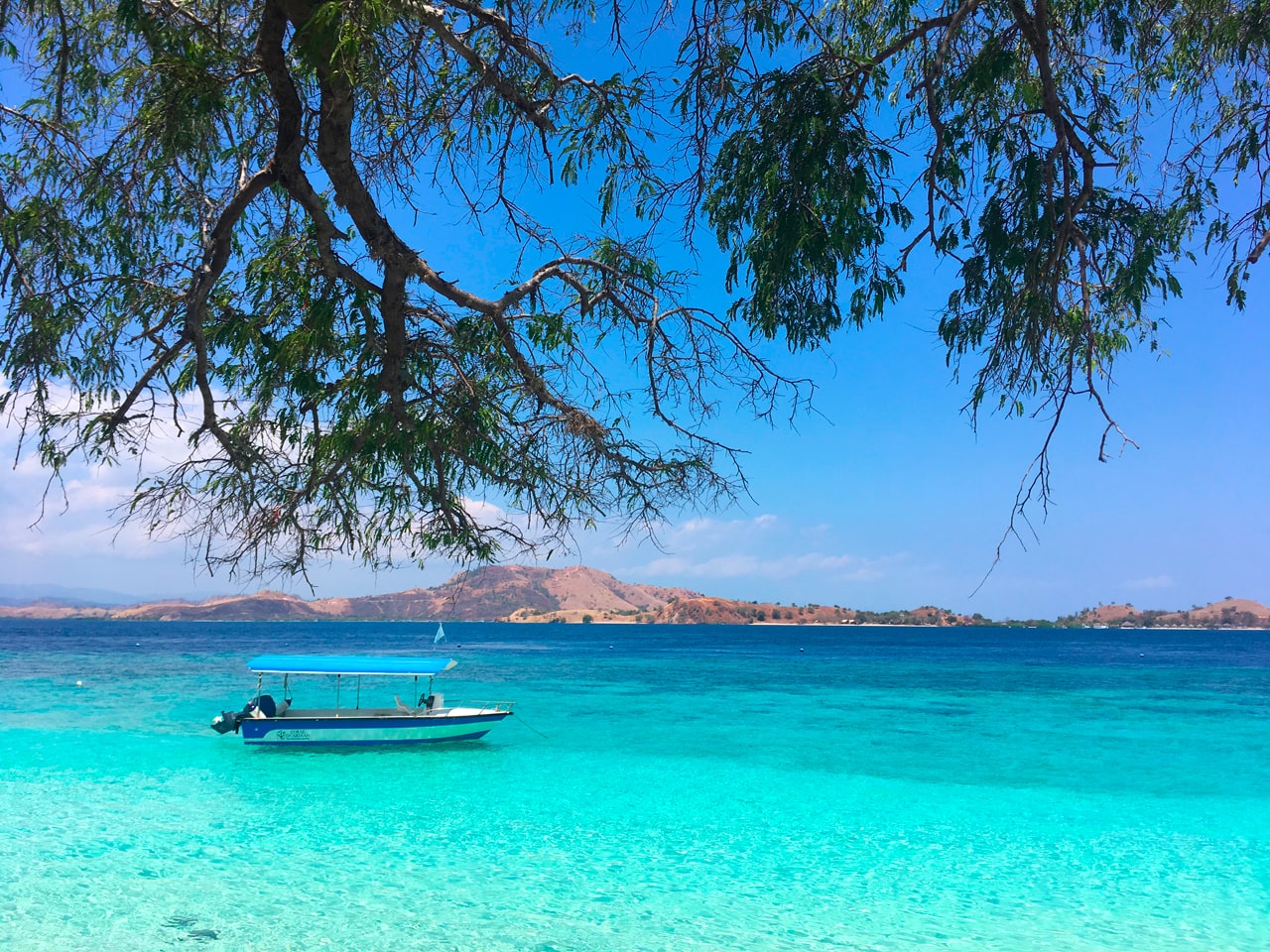UV filters in sunscreen: a new threat for corals?

Sunscreens
Human activities are both directly and indirectly involved in coral decline at a global, regional and local scale (Hughes et al., 2018). Factors in this decline include climate change, overfishing and pollution.
Concerning chemical pollutants, the scientific community is increasingly interested in the effect of cosmetic products, especially in areas with high population density and tourist activities. Among these products, the components of sunscreens are generating interest in their effects on marine life. Indeed, it has been estimated that 25% of sunscreen components applied to the skin are released into the water after 20 minutes of submersion (Danovaro, 2008).
Sunscreens are composed of a mixture of organic or mineral UV filters, in different proportions depending on the product. The maximum permitted percentage of each compound differs from country to country. They protect skin from sunburn and premature aging, and against skin cancer by absorbing sunlight’s UVA, UVB and UVC.
The effect of these UV filters on the marine environment has been studied but only a few studies have been carried out on corals. These are laboratory tests where corals are exposed to different UV filters at different concentrations. Researchers have observed the effects and reactions compared to tests on control corals.
Negative impact of certain filters
Some UV filters have been shown to have negative effects on corals. The study by Danovaro et al (2008) showed concentrations where certain organic UV filters, such as oxybenzone also known as BP-3, induce coral bleaching and mortality due to viral infection. The study by Downs et al (2016) also demonstrated the toxicity of this compound on coral cells and coral planula.
The effect of mineral UV filters, such as zinc oxide (ZnO) was also studied. Studies by Corinaldesi et al (2018) and Fel et al (2019), indicate an accumulation of the compound in coral tissue, an alteration of the zooxanthellae-coral symbiosis inducing rapid bleaching and microbial enrichment around corals.
In 2019, a study conducted by Mitchelmore et al. measured different concentrations of 13 UV filters, including octinoxate (EHMC) and BP-3, around corals in sediments and coral tissue at a multitude of sites that are frequented by the population of the island of Oahu in Hawaii.
Several UV filters were present in water, sediment, and coral tissue at all the tested sites. The majority indicated spatial and temporal variation. The results also indicate that the measured concentrations of BP-3, at all the tested sites, are, according to laboratory tests on corals, below the thresholds that would generate a negative impact of this compound. For EHMC, the concentrations detected were also below the threshold of concern.
Research and governmental measures
The impact of UV filters on corals is a very recent field of research. Many more studies are needed to characterize the concentrations of these compounds around coral reefs. This would allow laboratory analyses of the impacts of UV filters to become more relevant to environmental risk assessment.Despite conflicting information on sunscreens, some governments are taking the lead in adopting measures for the protection of the marine environment. In 2018, the state of Hawaii banned the sale and distribution of sunscreens containing octinoxate (EHMC) and BP-3 on its territory as of 2021 (Hawaii, 2018).
For further information:
Mitchelmore, C. L. et al. Occurrence and distribution of UV-filters and other anthropogenic contaminants in coastal surface water, sediment, and coral tissue from Hawaii. Sci. Total Environ. 670, 398–410 (2019).

